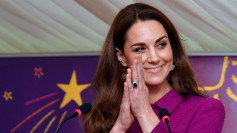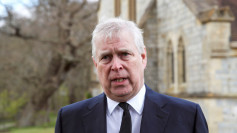Queen Elizabeth II is, currently, the reigning monarch in the United Kingdom. For 68 years, she has held the post, which makes her the longest-reigning living monarch.
As the head of the British Monarchy, many have wondered whether she has more power than the United Kingdom's Prime Minister. The answer to this can be quite complicated considering the limitations of each post has. As noted, the United Kingdom is a constitutional monarchy. So, reigning and ruling are two different things, according to Culture Trip.
It is explained that Queen Elizabeth II has "three powerful constitutional rights." These are the right to encourage, warn, and be consulted.
However, the publication added that these things do not exactly give the reigning monarch, in this case, the Queen, any power. As pointed out, she has the power of the "royal prerogative."
Before the Magna Carta in 1215, the ruling monarch possessed the "absolute power" over everything and everyone. But, after the issuance of the charter of rights, the citizens of England gained more rights, which then resulted in the limitations of the power held by the monarchy, as per Cheat Sheet.
Since then, the reigning monarch holds the "royal prerogative," which is a collection of "executive powers" and "privileges." As noted, these are maintained to ensure that no one, including the reigning monarch and the ruling government, "can seize power."
Included in this set of powers is the reigning monarch's position "above the law." Therefore, Queen Elizabeth II cannot be prosecuted for any crime since the law is reportedly "carried out" in her name.
She can also declare war against other countries. Also, she has the power to "summon and suspend" Parliament, as well as appoint or dismiss ministers, including the Prime Minister. However, she cannot vote nor change the line of succession.
Aside from these things, the head of the British Monarchy can also "commission" and remove officers in the armed forces since she is the head of the force. She also has the last word on knighthoods and peerages, which she could also create for anyone.
As for the Prime Minister, a position currently held by Boris Johnson, he acts as the "principal governmental member" of the House of Commons, which is the "lower-house" of the Parliament. It is the job of a PM to "chair cabinet meetings" and lead both the executive and legislative branches of government. The Prime Minister also answers to the Parliament, including the upper house, which is the House of Lords.
All in all, reports said that the reigning monarch has more power than the ruling Prime Minister. In the current case, Queen Elizabeth II over Boris Johnson.






